In the past few years, the demand for NOR flash memory in automotive applications has increased. NOR flash was originally used in infotainment and engine control. However, as the pace of automotive computerization continues to accelerate, NOR flash memory is becoming more widely used in the automotive field. Especially in advanced driver assistance systems (ADAS), digital dashboards and infotainment systems, the market demand for NOR flash memory is growing rapidly.
This article refers to the address: http://
Advanced driver assistance system
The market for advanced driver assistance systems (ADAS) for driving safety is growing rapidly. Currently, most ADAS applications are based primarily on cameras (such as the most common reversing cameras) to assist drivers in identifying nearby dangerous situations (see Figure 1). In addition, there are more advanced sensor cameras that provide drivers with auxiliary functions such as automatic collision avoidance, lane change and parking. As the car becomes more automated, the sensor camera market is expected to continue to expand. Sensing cameras require more complex processing than observation cameras, so efficient SoCs are needed to support this advanced technology (see Figure 2). The market demand for high-density, high-performance NOR flash memory will continue to grow as the scale of applications grows.
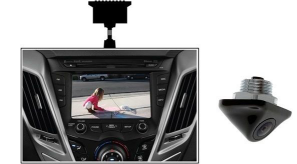
Figure 1: Currently, the Advanced Drivers Assistant System (ADAS) uses an observation camera to assist the driver in identifying nearby dangerous situations.
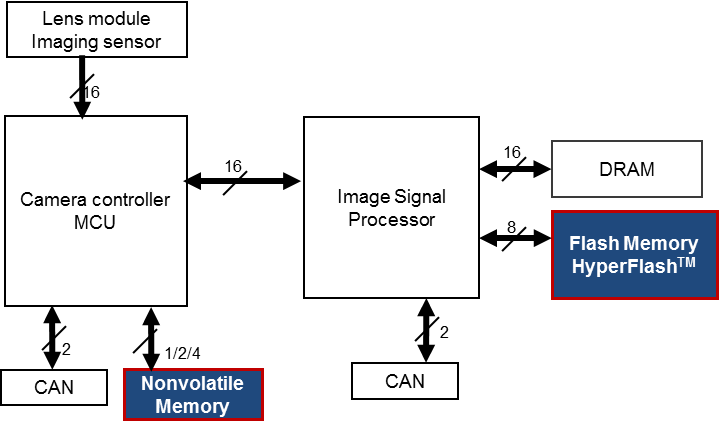
Figure 2: Sensing cameras require more complex processing than observation cameras. As a result, there is an increasing demand for high-density, high-performance SoC and NOR flash memory.
Digital dashboard
Earlier, the car used a pointer meter to display information to the driver (see Figure 3). Today, more and more new-style cars use digital dashboards or embedded dashboards with auxiliary displays to display pointer meters on the screen. Digital dashboards are typically full HD displays of 12 inches or more, so the size of embedded displays is also growing. Accordingly, larger display sizes result in the system needing to process more content. This means that the embedded flash that controls the MCU alone will not be able to handle the load. We need external high-density NOR flash to support today's most advanced digital dashboards, which further increases the market demand for NOR flash (see Figure 4).
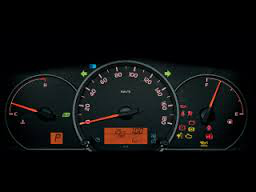
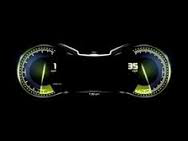
Figure 3: Traditionally, the car displays information to the driver via an analog indicator (left). Many cars today have full TFT-LCD LCD embedded instruments.
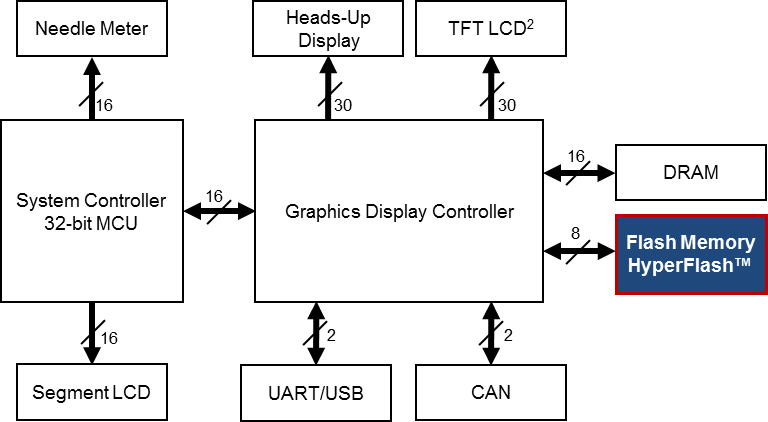
Figure 4: A larger digital dashboard display can handle more content. The embedded flash that controls the MCU alone will not be able to handle the load, so an external high-density NOR flash is required.
Infotainment system
Traditional infotainment systems use NOR flash to store boot code, applications, and real-time operating systems. The Linux operating system (for Android systems) is widely used in infotainment systems, greatly increasing the memory required by the operating system. Due to increased memory, the operating system cannot be stored separately in NOR flash. In order to meet the storage bandwidth requirements of operating systems and applications, e.MMC cards and SD cards are increasingly used in infotainment systems. However, engineers need to be aware that eMMC and SD cards are not fully capable of high speed operation, so high-speed boot code and other functions need to be stored in NOR flash.
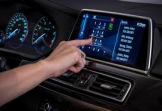
Figure 5: The infotainment system requires boot code, real-time operating system, and application code.
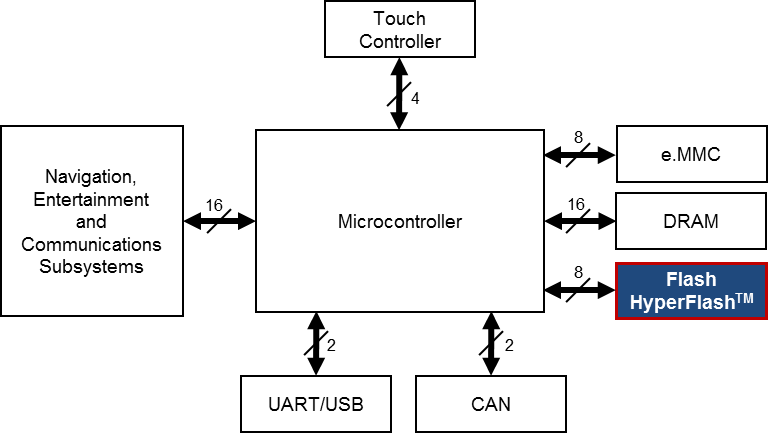
Figure 6: The widespread use of Linux in infotainment systems significantly increases the memory requirements of the operating system, so NOR flash cannot be used separately. Boot code and other functions that require high speed operation are stored in the NOR flash memory to meet processing time limits.
The three automotive applications of ADAS, digital dashboards and infotainment systems are the main sources of NOR flash memory demand. These applications have more features and a larger display that leads to the need to process more data. Therefore, high-density, high-performance NOR flash memory is required to meet real-time requirements.
When choosing a memory solution for ADAS, digital instrument clusters, and infotainment systems, it is important to consider that these three applications must also be up and running quickly when the car is starting up. However, the large amount of data in the system makes it difficult to achieve a quick start. One solution is to store data serially in RAM (DRAM). However, the disadvantage of this method is that retaining a large amount of data in the RAM (DRAM) leads to an increase in standby current and exhaustion of the car battery.
Therefore, quickly reading the data stored in the flash memory is the key to quickly launching the application when the engine starts. If this problem is only related to the read speed of the flash, you can use multiple flashes and increase the data bus width. However, considering the number of pins, this is not the ideal solution. Another possible solution is to perform data compression during the transmission of data. However, image compression can result in poor image quality, which can have serious consequences for drivers who rely on automotive application images to provide security alerts (see Figure 7).
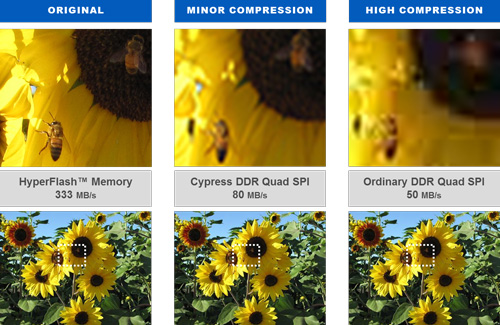
Figure 7: Image quality can be degraded when using data compression to compensate for memory read speed.
HyperFlash memory can provide high-speed read performance of up to 333MB/s to solve the above problems. The HyperFlash Memory Game Plass GL512S parallel 512Mb NOR flash and other traditional parallel NOR products read three times faster, the Prass FL512 SPI512Mb NOR flash QSPI products are five times faster (see Figure 8).

Figure 8: HyperBlash and HyperBus are three to five times faster than other memory alternatives while maintaining the minimum number of pins.
It has been proven that a significant increase in reading speed can effectively shorten the application start-up time at engine start-up. In addition, HyperFlash memory can be controlled with up to twelve terminals (see Figure 9). This helps manufacturers maintain small package sizes and limit the number of pins required to interface to memory. HyperFlash memory provides high-performance NOR Flash capabilities that enable automotive system manufacturers to add functionality and increase display screen size without compromising responsiveness.
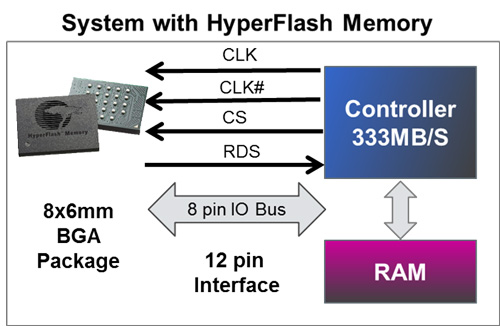
Figure 9: HyperFlash memory provides high-performance NOR Flash capabilities that enable automotive systems to add functionality and increase screen size without compromising responsiveness.
In summary, NOR flash has many advantages, and as the development of connected cars becomes more sophisticated and sophisticated, with new and more secure entertainment and navigation functions, the demand for NOR flash memory will continue to increase. When choosing a flash solution, engineers can flexibly test the specific requirements of advanced driver assistance systems, digital dashboards, and infotainment systems, from the perspective of rapid application launch, large screen quality image display, performance, and pin count. Choose the right flash solution for different types of cars.
2.54mm Wire To Board Connectors
2.54mm Wire To Board Connectors are avialable in different terminations and sizes intended for use on a variety of applications. These connectors provide power and signal with different body styles, termination options, and centerlines. To find the wire to board set required, click on the appropriate sub section below.
2.54mm(.098") Wire to Board Connector
Provide a variety of PIN and Size, Right Angle or Straight Type, DIP or SMT, Dual or Single Row Wire to Board Connector for industry-specific LCD screen, Communications products, Computer peripheral notebook computer micro-electrical equipment, communications equipment, lighting products, there are a widely range of uses can be use
2.54mm(.098") Wire to Board Connector Specification
Current rating:3A AC DC
Voltage rating:250V AC DC
Temperature rating:-25°C~+105°C
Contact resistance:20mΩ max.
Insulation resistance:1000MΩ min.
Withstanding voltage:1000V AC/min.
Circuits available ::02-18PIN
Contact : :Brass or Phosphor bronze
Electronic rating ::250V/3A
Finish ::Plating Tin or Gold over Nickel
Material ::Nylon UL 94V-0 or UL 94V-2
180° HEADER
90° HEADER
2.54mm(.098") Wire to Board Connector Key Features
2.54MM wire to wire and wire to board connector.
Single Row 180° DIP / 90°DIP / 180° SMT / 90° SMT
Applicable wire AWG #28~ #24
Alternative with Molex products
Lead-Free ROHS & REACH
2.54mm(.098") Wire to Board Connector Applications
Automotive, Communications & Networking, Consumer Electronics, Lighting, Medical
Smd Connector,2.54Mm Wire To Board Connectors,2.54Mm Pcb Wire To Board Connector,2.54Mm Pin Wire To Board Connector,.098" Wire to Board Connector
ShenZhen Antenk Electronics Co,Ltd , https://www.antenksocket.com